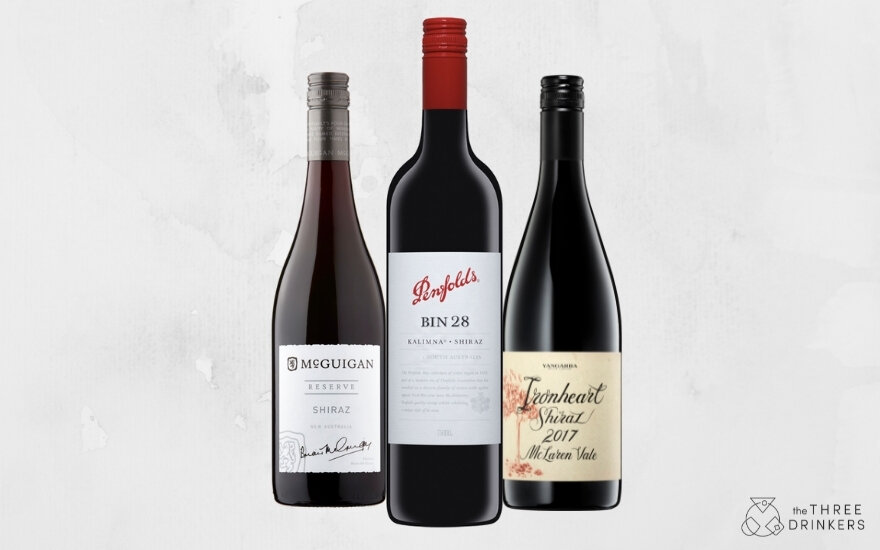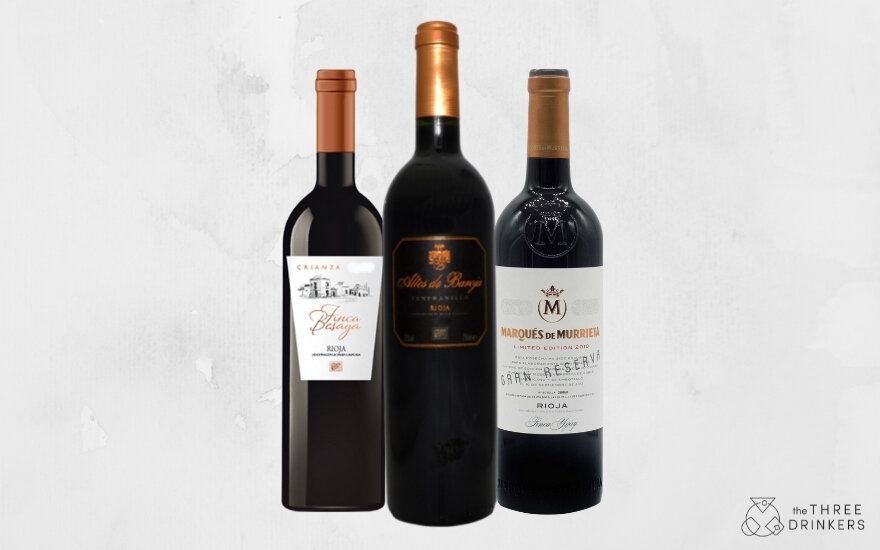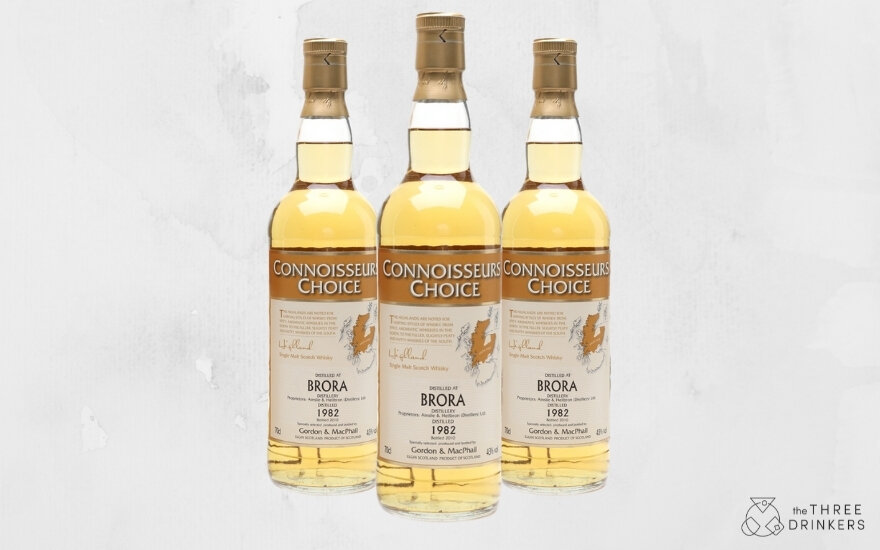With so many red wines out there it’s hard to know which bottle to choose. With that in mind, we’ve created this handy guide to the most popular red wine grapes including information on their characteristics, what to pair them with and which bottles we recommend…
Cabernet Sauvignon
Cabernet Sauvignon (often colloquially known as Cab Sauv) is the world’s most popular grape, being planted in a great many wine regions around the world. The wine has brilliant aging properties thanks to its full body and tannic structure and its rich, concentrated flavours of blackcurrant, cedar and mint are a pie that everyone wants a slice of.
Where Is Cabernet Sauvignon Grown?
As previously mentioned, Cabernet Sauvignon is almost everywhere as it’s fairly robust; its thick skin helps it cope well with both heat and cold. It’s popularity globally is also thanks to its association with very famous wines such as a Château Lafite from Bordeaux. Its spiritual home is still France (especially the Bordeaux region), but the grape has taken to California, Chile and Australia in particular extremely well.
What Does Cabernet Sauvignon Taste Like?
Cabernet Sauvignon has a distinct blackcurrant and dark forest berry flavour with some sort of leafy note. Its thick skin provides a lot of tannic structure too, making it very dry and full-bodied. Depending on the region, it can also have notes of peppercorns and spices.
What To Pair With Cabernet Sauvignon:
The full-bodied nature of Cabernet Sauvignon lends itself extremely well to rich, grilled meats and dishes with high flavour, protein and fat content.
Which Cabernet Sauvignon Should I Try?
Affordable: Apothic Cabernet Sauvignon UK £9 // US $8.98
Mid-Tier (Cabernet Sauvignon Blend): Château de Janicon Graves Rouge 2018 UK £14.83
Top-End: Mt Brave UK £79 // US $99.99
Merlot
Merlot tends to make softer, more medium-bodied, fruitier wines than Cabernet Sauvignon and the two are very often blended as they complement each other so well.
Where Is Merlot Grown?
Merlot is grown in similar regions to Cabernet Sauvignon and is the other ‘famous’ Bordeaux grape. As Merlot takes less time to ripen, it can be grown in slightly cooler climates than Cabernet Sauvignon such as Northern Italy. For juicy, fruity, warmer climate Merlots, head to Australia, California and Chile as well as regional Southern France.
What Does Merlot Taste Like?
These warmer climate Merlots are often bolder and fruitier, offering flavours such as red plum, blackberry and even vine tomato. Cooler climate Merlots are more tart, with earthy notes and often, an iodine tang.
What To Pair With A Merlot:
Merlot is a great wine to pair with food as it is so versatile. Easy drinking, inexpensive Merlots like creamy, tomatoey sauces. An earthier, old world Merlot is delicious with roasted meats and vegetables.
Which Merlot Should I Try?
Affordable: Château Tertre De Viaud Côtes De Bourg 2016 - UK £10.92
Top-End: Château Prieurs de la Commanderie Pomerol 2016 - £39.48
Pinot Noir
Pinot Noir is one of the world’s most popular red wine grapes. It can taste like a red wine but feel like a white, so is often the red that white wine drinkers pick. It is light bodied and elegant, with high acidity and very low tannin, coupled with a beautiful silky texture and classic flavour profile of spiced cherry, raspberry compote and earth.
Where Is Pinot Noir Grown?
Pinot Noir loves a cool climate and you can now find incredible bottles from many places around the globe. France produces a huge amount of it, with the majority coming from Burgundy, and since the 1990s, Germany has also been producing some stunning bottles, only here they tend to call it Spatburgunder. The USA has some very exciting styles coming out of Oregon and coastal California, and although not as widely known, there are many other countries around the world that produce some very good Pinot too, including the UK, New Zealand, Austria and Romania to name a few! If it’s a cool region, Pinot will do well.
What To Pair With Pinot Noir:
Given its higher acidity and its low tannin, Pinot Noir pairs really well with many different dishes. For the lighter, fruitier versions, try it with fleshy fish like salmon, or chicken, whereas bolder Pinot Noirs such as those from Chile or New Zealand work really well with pork, duck, beef stews and mushrooms.
Which Pinot Noir Should I Try?
Affordable: Sanziana Pinot Noir Recas Cramele UK £8.50
Mid Tier: Sebastiani UK £25 // US $14.99
Top-End: Volnay Domaine Cyrot-Buthiau 2017 UK £35.95
Syrah
You might know this grape better as Shiraz; the Australian name for their most planted grape, but the two are technically the same, although the Shiraz style has morphed away from the Syrah style, hence the two names. These dark and brooding wines have wonderful aging capabilities and are excellent with all sorts of foods.
Where Is Syrah Grown?
Syrah thrives in warm and dry climates, which explains its massive success in Australia. However, the grape’s spiritual home is on the rocky, gravelly hillsides of the Northern Rhone region in France. California has also done well with the Syrah grape, though it is often left in the shadow of the ever popular Californian Cabernet Sauvignon.
What Does Syrah Taste Like?
Syrah creates powerful, full-bodied wines chock full of dark, plum fruit flavours, dried herbs and pepper. In the Southern Rhone valley in France, Syrah is a key component in famous blends such as Cotes-du-Rhone and Chateauneuf du Pape. New World Syrahs are often spicier and more fruit driven than Old World Syrahs, which offer more herbaceous notes and higher acidity.
What To Pair With Syrah/Shiraz:
The punch of Syrah can sometimes be too much for foods with more delicate flavours, so pairing these wines with meaty and peppery dishes is the way to go. With an Australian Shiraz, don’t stray too far from the meaty flavours, however, the herbaceous, European Syrah is perfect for vegetables and game. A Californian Syrah is a good middle ground.
Which Syrah should I Try?
Affordable: McGuigan Reserve Shiraz UK £6
Mid-Tier: Penfolds Bin 28 Kalimna Shiraz UK £29.95 // US $27.99
Top-End: Mclaren Vale Yangarra Estate Ironheart Shiraz £89.97 // US $32.99
Malbec
Malbec is a grape with a rich history and a rich flavour. Though sometimes chosen as a better value substitute for Cabernet Sauvignon, Malbec deserves its place on the list of most popular wine grapes.
Where Is Malbec Grown?
While Argentina’s pride and joy, the Malbec grape actually originated in South West France. Its move to a warmer, sunnier country by a hopeful French botanist allowed it to shine in a way it never had done in France before. Malbec loves altitude and thrives on the sunny slopes of Mendoza in Argentina and although this country now grows 70% of the world’s Malbec, the grape can still be found in its French home in the famous, black wines of Cahors and is becoming slowly more widespread in other New World regions such as New Zealand and Australia.
What Does Malbec Taste Like?
Classic Malbec is all about blueberry, raspberry and chocolate. It’s bold but often very smooth and with a bit of age can also offer more complex, savoury, leathery notes.
What To Pair With Malbec:
As you may suspect, an Argentinian Malbec loves a good steak! It’s a sure fire winner at any grill or barbecue and works very nicely with hard cow cheese too. It’s another one that can handle grilled veg well.
Which Malbec Should I Try?
Affordable: Tesco Finest Argentinian Malbec £8
Mid-Tier: Bramare Malbec Lujan de Cuyo UK £29.24 // US $39.99
Top-End: Catena Zapata Malbec Argentino US $149.99
Grenache
Grenache is not only known for its red wines, but also for the deep rosés that it can create. Its fruity nature (especially in its rosés) is very approachable and dangerously drinkable! A Grenache is a great pick with or without food.
Where Is Grenache Grown?
Unlike many of the grapes on this list, Grenache didn’t actually originate in France. Though it’s now planted all over France’s Southern Rhône region, Grenache originated in Spain (where it is labelled as Garnacha)! It’s not as widely grown in the New World as a Cabernet Sauvignon or a Merlot and its acreage has been sharply dropping in the past few decades (sad face).
What Does Grenache Taste Like?
Grenache’s fruity flavour is made up of its notes of strawberry and cinnamon, though depending on where the grape is grown, it can also produce notes of orange and grapefruit.
What To Pair With A Grenache:
Though it’s definitely a winner with most grilled meats, lean towards something leaner with Grenache, such as lamb. It’s not just meat that you want to pair with Grenache, anything spicy or herbaceous is perfect with this fruity wine.
Which Grenache Should I Try?
Affordable: Waitrose Cotes du Rhone Villages £7.99
Mid-Tier: Anayón Garnacha £17.19
Top-End: Orin Swift 'Abstract' UK £39.99 // US $37.99
Tempranillo
There’s no doubt that Tempranillo (tem-pran-ee-o) is Spain’s favourite red grape, and its versatile flavour profile and texture makes it a treat for pairing with food. It’s most commonly known in its guise as Rioja (In Spain, the wine is often named after the region) but Tempranillo can be found all over Spain. If you’re planning a tapas night anytime soon, be sure to pick up a bottle of Tempranillo - you won’t regret it!
Where Is Tempranillo Grown?
Again, this grape is Spain through and through. Over 80% of the world’s Tempranillo comes from Spain but it has tiptoed its way across the border and is now fairly common in other countries like Portugal. Australia has also been experimenting with this grape, as it enjoys similar conditions to the old favourite, Aussie Shiraz.
What Does Tempranillo Taste Like?
Tempranillo is simultaneously earthy and fruity, with notes of leather, strawberry cherry and spice. An Australian Tempranillo offers more chocolatey notes, sometimes even being juicer than a Spanish variant. It’s worth trying both New World and Old World Tempranillos to discover your favourites.
What To Pair With Tempranillo:
A fresh, young (‘joven’) Tempranillo is delicious alongside pasta and tomato dishes, whereas a bolder Tempranillo is more suited to meaty dishes. It’s all about trying what works for you and what doesn’t.
Which Tempranillo Should I Try?
Affordable: Finca Besaya Crianza 2017 UK: £9.99
Mid-Tier: Altos de Baroja Rioja Joven £10.75
Top-End: Marqués de Murrieta Gran Reserva Rioja £50.50
Looking for more wine content? How about having a read of The Best Places in the UK to Drink English Wine or Cheap Champagne that Tastes Great.





















